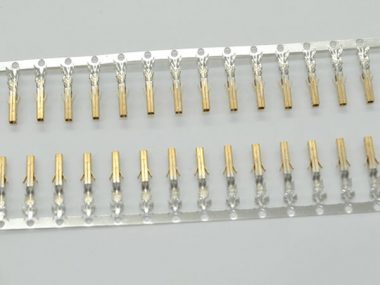1. Pre-plating treatment factors
The quality of the surface treatment of the parts directly affects the bonding force between the plating and the substrate, the anti-corrosion performance and the appearance quality.
Oil, rust, oxide scale and other contaminants attached to the surface of the parts are the intermediate obstacles that prevent the plating solution from fully contacting the metal substrate, and it is impossible to form a qualified electroplating layer on this surface.
When a very thin or even invisible oil film and oxide film are attached to the plated parts, although a plating with normal appearance and fine crystals is obtained, the bonding strength is greatly reduced.
Therefore, the pretreatment of parts is a prerequisite for good results in the entire electroplating process.
First of all, the concentration and purity of the pickling solution must be ensured, and the oil floating in the solution must be cleaned up in time.
Secondly, when the impurities in the rust removal solution reach a certain amount, it will affect the quality of the plating, so it should be replaced regularly.
2. Electroplating solution factor
In electroplating production, various harmful impurities enter the electroplating solution due to various reasons.
When one or several harmful impurities accumulate to a certain amount, it will affect the performance of the plating bath and the quality of the plating.
Regularly test and analyze the electroplating solution to ensure that its components are within the scope of the process; at the same time, according to the production task volume, actual experience and test results, the electroplating solution is purified and processed in time to ensure the stability of the electroplating solution.
3. Process Condition Control Factors
The control of process conditions directly affects the quality of the electroplating layer. Only by mastering and controlling the process conditions of each type of plating can we obtain high-quality plating.
Process conditions such as temperature, current density, pH, and plating time must be matched.
For example, in the case of hard chrome plating, improper coordination of temperature and current density will greatly affect the cathode current efficiency, dispersion ability, coating hardness and brightness of the chrome plating solution.
When the temperature is high, the current density needs to be appropriately increased to obtain the desired plating. The two restrict each other, and when one is changed, the other must be changed accordingly.





